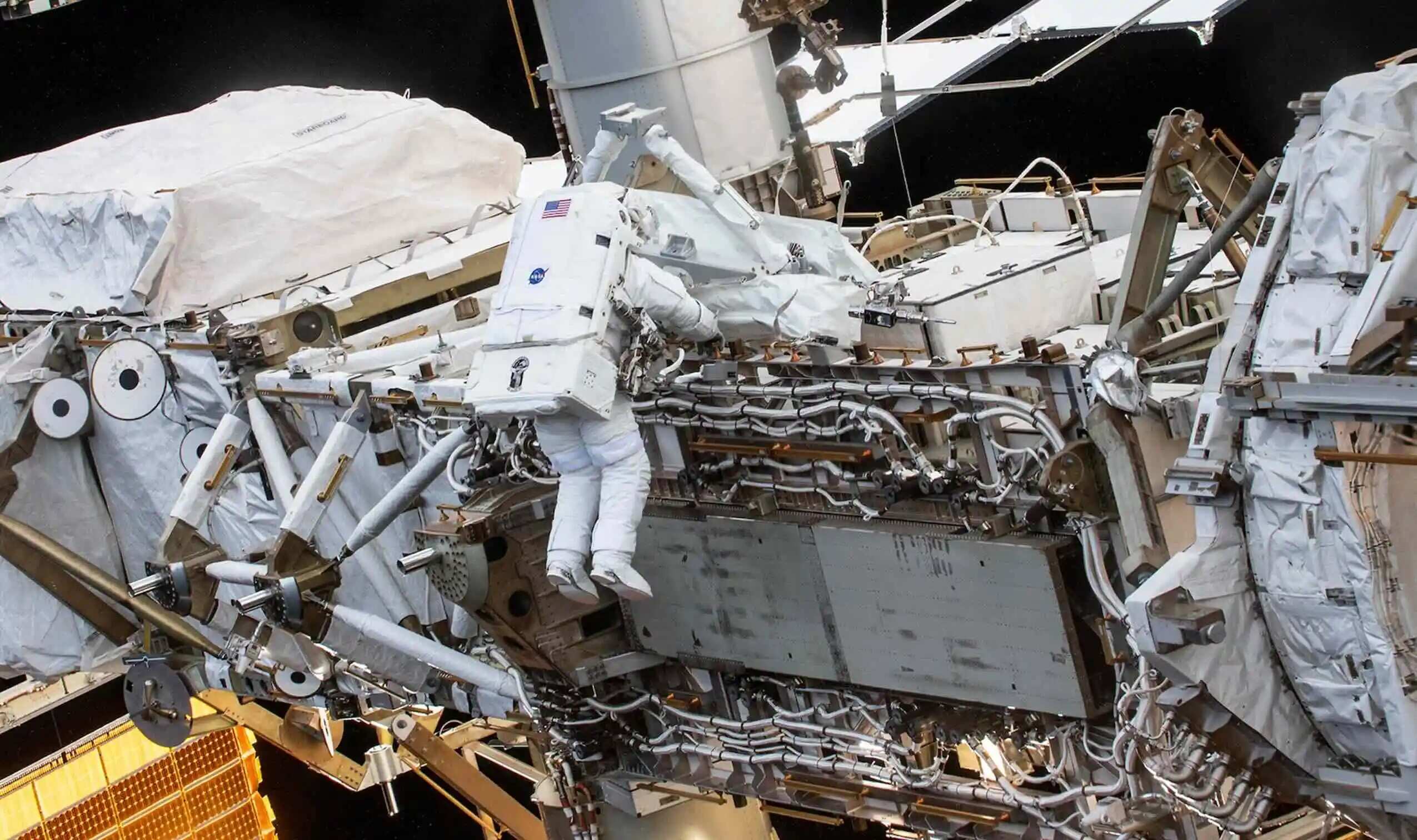

Batteries first designed for NASA space missions are now helping households store clean energy. Originally used to support equipment in space, this advanced storage technology is making its way into everyday life. By capturing energy from solar and wind sources, these batteries help provide steady power even when the sun isn’t shining or the wind isn’t blowing.
First developed in the 1970s, nickel-hydrogen batteries became a reliable option for spacecraft in the 1980s, replacing older nickel-cadmium systems on satellites operated by the global consortium Intelsat. Engineers favored the technology for its durability, safety and performance in extreme temperatures.
NASA’s first major use of nickel-hydrogen batteries came in 1990 aboard the Hubble Space Telescope. The system included six 125-pound batteries that endured thousands of charge cycles annually. Though they were designed to last five years, all six remained operational for 19 years before astronauts replaced them with upgraded versions.
The batteries also powered the International Space Station, starting in 2000. Six units served as the station’s primary energy storage for more than 18 years before being replaced by lithium-ion cells.
“The nickel-hydrogen batteries were the primary energy storage coupled with the original solar arrays,” said Thomas Miller, an engineer at NASA’s Glenn Research Center in Cleveland. “The power system was very robust. It was one of the most reliable subsystems on the International Space Station.”
NASA had evaluated several options for energy storage on the station, including nickel-cadmium batteries and hydrogen-oxygen fuel cells. But the nickel-hydrogen design proved to be the most reliable and cost-effective in extreme conditions, Miller said.
Although the batteries are too heavy for use in mobile devices or electric vehicles, they offer strong potential for grid-scale and commercial applications. Fremont, California-based EnerVenue Inc. has adapted the technology for terrestrial use, cutting costs by eliminating platinum, a material traditionally used in the hydrogen reaction.
The batteries are “crazy durable in every sense of the word,” said EnerVenue CEO Jorg Heinemann. “With our cost-saving innovations, we believe it’s the best battery for power plants, businesses, and homes.”
The batteries store energy by creating and absorbing hydrogen inside a pressurized container, offering a safe, long-term storage option. According to Heinemann, EnerVenue’s Chief Technology Advisor, Dr. Yi Cui, developed a method to remove platinum, building on decades of NASA research and reducing manufacturing costs.
While larger and heavier than lithium-ion batteries, nickel-hydrogen cells offer more energy storage per square foot. They can also be stacked vertically without the risk of overheating or fire, even in extreme climates. Unlike other batteries, they require no cooling systems or routine maintenance.
EnerVenue claims the batteries will retain nearly 90% of their original capacity after 20 years in household or any other use because they were proven successful in NASA’s space missions.
